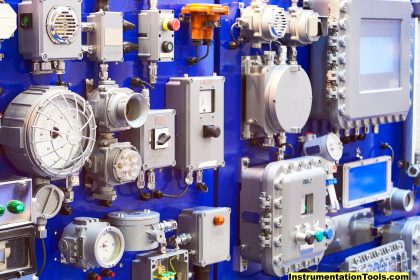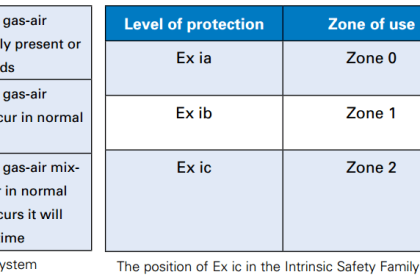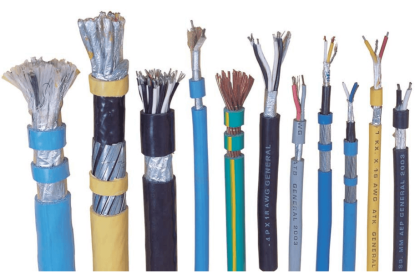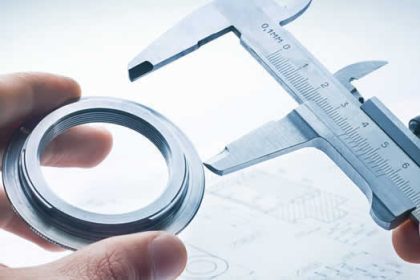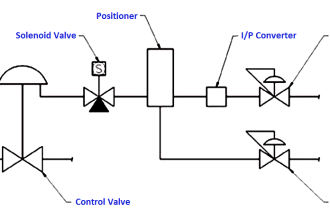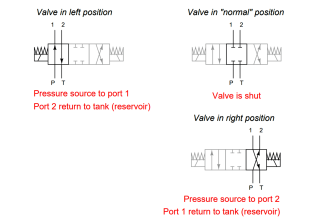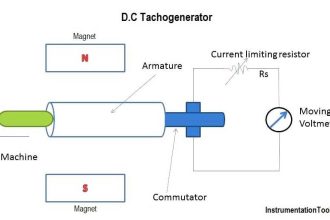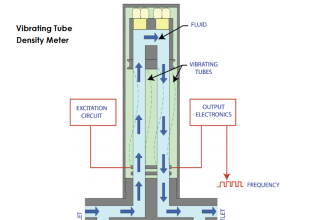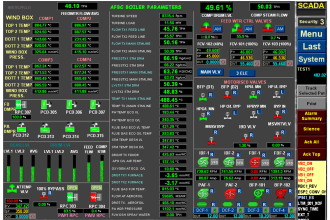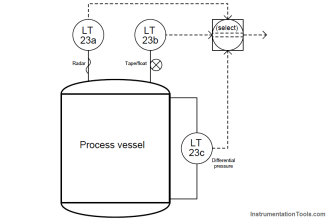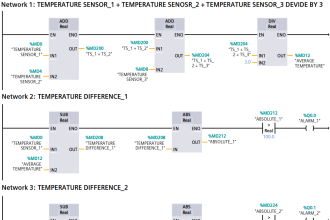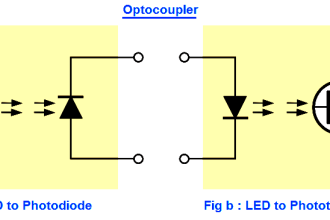Certification Standards
Industrial products are certified to international standards for the installation and use of electrical equipment in hazardous areas.
Worldwide: The IEC defines the most-widely adopted hazardous area standards. These standards:
- Classify hazards;
- Areas (Zones) in which hazards may be present;
- Protection used to prevent explosions in these areas (IEC 60079 series).
Many countries are replacing national standards and certification schemes, with IECEx conformance and require IECEx certification:
- Europe: Products are certified to EN IEC standards under the ATEX scheme. We have full 3rd party approval under the relevant Directives and our Manufacturers Declaration of Conformity to European Standards (CE marking).
- Brazil: Products have INMETRO certification to IEC standards.
- Australia & Singapore: IECEx certification is already mandatory.
North America: the NFPA (National Fire Protection Association) is the primary agency for the protection of installations from fire and explosion.
- NFPA70 is the National Electrical Code (NEC). It describes permissible electrical installations for residential, commercial and industrial uses.
- Article 500, within the NEC. This categorizes hazardous locations & materials as Divisions and Classes.
- Article 505 is a later addition. This classifies hazardous locations into Zones & Groups, following IEC guidelines.
- NFPA496 is the Standard for Purged and Pressurized Enclosures for Electrical Equipment.
Hazardous Areas
Hazardous areas or locations are where the potential for fire or explosion exists because of gases, dust, or easily ignitable fibers or filings in the atmosphere. Hazardous areas are defined as
- Zones under worldwide IEC standards;
- Divisions under North American NEC standards.
North America: The level of safety equipment installed in each location, depends on:
- Classes: the flammable materials in the atmosphere;
- Divisions: the probability of the presence of flammable materials;
- Groups: the flammable nature of the material.
In 1998 Canada introduced the “Zone” system for new hazardous area plants.
Worldwide: The classification of hazardous areas (locations) follows the IEC format:
- Zones; define the probability of the presence of flammable materials;
- Protection Types: denote the level of safety for the device;
- Groups: classify the exact flammable nature of the material. NB. IEC groups are not the same as the USA’s NEC Groups.
T-Ratings
For both IEC and NEC, T-ratings indicate the apparatus’ maximum surface temperature under normal operation and specified fault conditions. The equipment’s T-rating must be lower than the hazardous material’s ignition temperature in that location.
The surface temperature is based on 40°C (104°F) ambient. The
- IEC has T1 (450°C) through T6 (85°C);
- NEC uses the same principles, but has more subdivisions – e.g. T3A, T3B, T3C.
Explosion Protection Techniques
The following describes explosion protection techniques to enable the use of electrical equipment in hazardous areas.
- National or international standards and codes of practice govern each technique and define the equipment’s design and application.
- National certifying (or approvals) authorities ensure design compliance.
- National inspectorates (or insurance companies) vet and usually inspect each installation.
Flameproof [Ex d] IEC/European Harmonized Standard 60079-1
An enclosure contains the equipment. This enclosure will:
- Withstand an internal explosion of flammable gas or vapour that may enter it;
- Without suffering damage;
- Without communicating the internal flammation to the external explosive atmosphere through any joints or structural openings.
The enclosure is designed for a particular gas grouping (I, IIA, IIB or IIC). Equipment using this protection method is:
- Marked Ex d;
- Suitable for Zone 1 and Zone 2 hazardous areas.
Usually Ex d equipment is large and robust, which limits its application to components.
Intrinsic Safety – Ex ia / Ex ib / Ex ic IEC/European Harmonized Standard 60079-11
This protection technique restricts the electrical energy within the equipment and interconnecting wiring. The energy is so restricted that it cannot cause ignition by sparking or heating.
Equipment in the hazardous area and the connected apparatus in the safe area must be certified as intrinsically safe. Also the whole system including interconnecting wiring must be assessed as “safe”. Certified independent bodies generally evaluate equipment. The user is responsible for system assessment.
The sub-types a/b/c define the equipment’s suitability for Zone 0, Zone 1 or Zone 2. The difference is performance under fault conditions:
- Ex ia systems are safe even with 2 faults;
- Ex ib systems are safe with 1 fault;
- Ex ic systems are safe in normal operation (no fault).
Intrinsic safety is limited to low power circuits. It is mainly used for instrumentation and exposed measurement devices.
Pressurization [Ex p] IEC/European Harmonized Standard 60079-2
This protection method uses the pressure of a protective gas to prevent explosive gases or dust entering a space that might contain an ignition source. If that space contains equipment that emits gas, it prevents an explosive atmosphere by using a continuous flow of protective gas to dilute the atmosphere.
Equipment using this protection method is:
- Marked Ex p;
- Suitable for Zone 1 and Zone 2 hazardous areas.
Increased safety [Ex e] IEC/European Harmonized Standard 60079-7
This protection method applies additional measures to electrical apparatus, which reduce the possibility of excessive temperatures or arcs and sparks.
Equipment using this protection method is:
- Marked Ex e;
- Suitable for Zone 1 and Zone 2 hazardous areas.
Oil immersion [Ex o] IEC/European Harmonized Standard 60079-6
This protection method immerses electrical apparatus in oil, so an explosive atmosphere above the oil, or outside the enclosure, won’t ignite.
Equipment using this protection method is:
- Marked Ex o;
- Suitable for Zone 1 and Zone 2 hazardous areas.
Powder filling (sand filling) [Ex q] IEC/European Harmonized Standard 60079-5
This protection method fills the enclosure surrounding the electrical apparatus, with granular material, e.g. sand. Hence an arc won’t ignite the explosive atmosphere.
Equipment using this protection method is:
- Marked Ex q;
- Suitable for Zone 1 and Zone 2 hazardous areas.
Encapsulation [Ex m] IEC/European Harmonized Standard 60079-18
The protection method encapsulates parts, that could create sparks or hot surfaces, with a compound. The compound provides a barrier between the electrical apparatus and the explosive atmosphere.
Equipment using this protection method is:
- Marked Ex ma, and is suitable for Zone 0;
- Marked Ex mb and is suitable for Zone 1.
Type N normally non-sparking and/or non-incendive circuits [Ex n] IEC/European Harmonized Standard 60079-15
This protection means in normal operation, electrical apparatus won’t ignite a surrounding explosive atmosphere. In addition, a fault is unlikely to cause ignition.
There are four types of Ex n, appropriate for Zone 2 areas:
- Ex nA: Non-Sparking apparatus;
- Ex nC: Non-incendive, sealed, encapsulated apparatus;
- Ex nL for Energy Limited apparatus;
- Ex nR for Restrictive Breathing apparatus.
North America
In North America, hazardous areas classified into Classes, Divisions and Groups. The classifications define the required safety level for equipment installed in these locations.
Classes define the flammable materials in the atmosphere:
| Class I | Flammable gases or vapors are present in the air in quantities sufficient to produce explosive or ignitable mixtures. |
|---|---|
| Class II | Combustible or conductive dusts are present. |
| Class III | Ignitable fibers or filings are present, but not likely to be in suspension in sufficient quantities to produce ignitable mixtures. (Group classifications are not applied to this class.) |
Divisions define the probability of the presence of flammable materials:
| Division 1 | The substance referred to by class is present during normal conditions. |
|---|---|
| Division 2 | The substance referred to by class is present only in abnormal conditions, such as a container failure or system breakdown. |
Groups classify the flammable the material:
| Group A | Acetylene |
|---|---|
| Group B | Hydrogen (or gases of equivalent hazard) |
| Group C | Ethylene (or gases of equivalent hazard) |
| Group D | Gasoline (or gases of equivalent hazard) |
| Group E | Metal Dust |
| Group F | Coal Dust |
| Group G | Grain Dust |
Apparatus Temperature classification (T class)
| Maximum surface temperature | Temperature class |
|---|---|
| 450°C (842 F) | T1 |
| 300°C (572 F) | T2 |
| 280°C (536 F) | T2A |
| 260°C (500 F) | T2B |
| 230°C (446 F) | T2C |
| 215°C (419 F) | T2D |
| 200°C (392 F) | T3 |
| 180°C (356 F) | T3A |
| 165°C (329 F) | T3B |
| 160°C (320 F) | T3C |
| 135°C (275 F) | T4 |
| 120°C (248 F) | T4A |
| 100°C (212 F) | T5 |
| 85°C (185 F) | T6 |
Europe / IEC
In Europe and IEC countries, hazardous areas are classified by Zones, Protection Types, Groups and Temperature Classes.
Industrial plants are zoned according to the likelihood of a potentially explosive atmosphere being present
| Zone 0 (gases) Zone 20 (dusts) |
Flammable material present continuously or for long periods (typically 1000 hours or more per year) |
|---|---|
| Zone 1 (gases) Zone 21 (dusts) |
Flammable material present in normal operation (typically between 10 and 1000 hours per year) |
| Zone 2 (gases) Zone 22 (dusts) |
Flammable material present in abnormal conditions only (typically less than 10 hours per year) |
Explosion Groups
| Typical gas hazard |
IEC 60079-0
EUROPEAN EN 60079-0 |
|---|---|
| Acetylene, Hydrogen | IIC |
| Ethylene | IIB |
| Propane | IIA |
Apparatus temperature classification (T class)
| Maximum surface temperature | IEC/EUROPEAN Temperature class |
|---|---|
| 450°C | T1 |
| 300°C | T2 |
| 200°C | T3 |
| 135°C | T4 |
| 100°C | T5 |
| 85°C | T6 |
Protection Methods & Standards for Group II Electrical Apparatus for gas atmospheres
| Protection Method |
Code Ex |
ATEX CAT |
EN / IEC | Permitted Zone |
Typical Applications /Comments | ||
|---|---|---|---|---|---|---|---|
| 0 | 1 | 2 | |||||
| General Requirements | 60079-0 | Basic electrical & mechanical requirements | |||||
| Oil Immersion | o | 2 | 60079-6 | Yes | Yes | Transformers, starting resistors | |
| Pressurized | p | 2 | 60079-2 | Yes | Yes | Switchgear and control cabinets, analyzers, large motors |
|
| Powder filled | q | 2 | 60079-5 | Yes | Yes | Transformers, capacitors, heating conductor terminals | |
| Flameproof | d | 2 | 60079-1 | Yes | Yes | Switchgear and controlgear, indicating equipment, transformers, light fittings, motors, heating equipment | |
| Increased safety | e | 2 | 60079-7 | Yes | Yes | Terminal & connection boxes | |
| Intrinsic safety ia |
ia | 1 | 60079-11 | Yes | Yes | Yes | Safe with 2 faults. Level measurement |
| Intrinsic safety ib |
ib | 2 | 60079-11 | Yes | Yes | Safe with 1 fault. Instrumentation and communication technology, sensors, actuators |
|
| Encapsulated | m | 2 | 60079-18 | Yes | Yes | Solenoid valves. low power switchgear, power supplies | |
| Type of protection ‘n’ |
n | 3 | 60079-15 | Yes | Type of protection includes several methods of ignition protection | ||
Reference : expoworldwide.com
